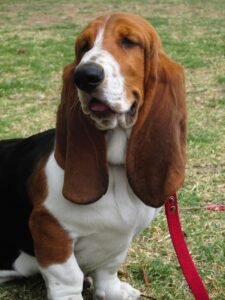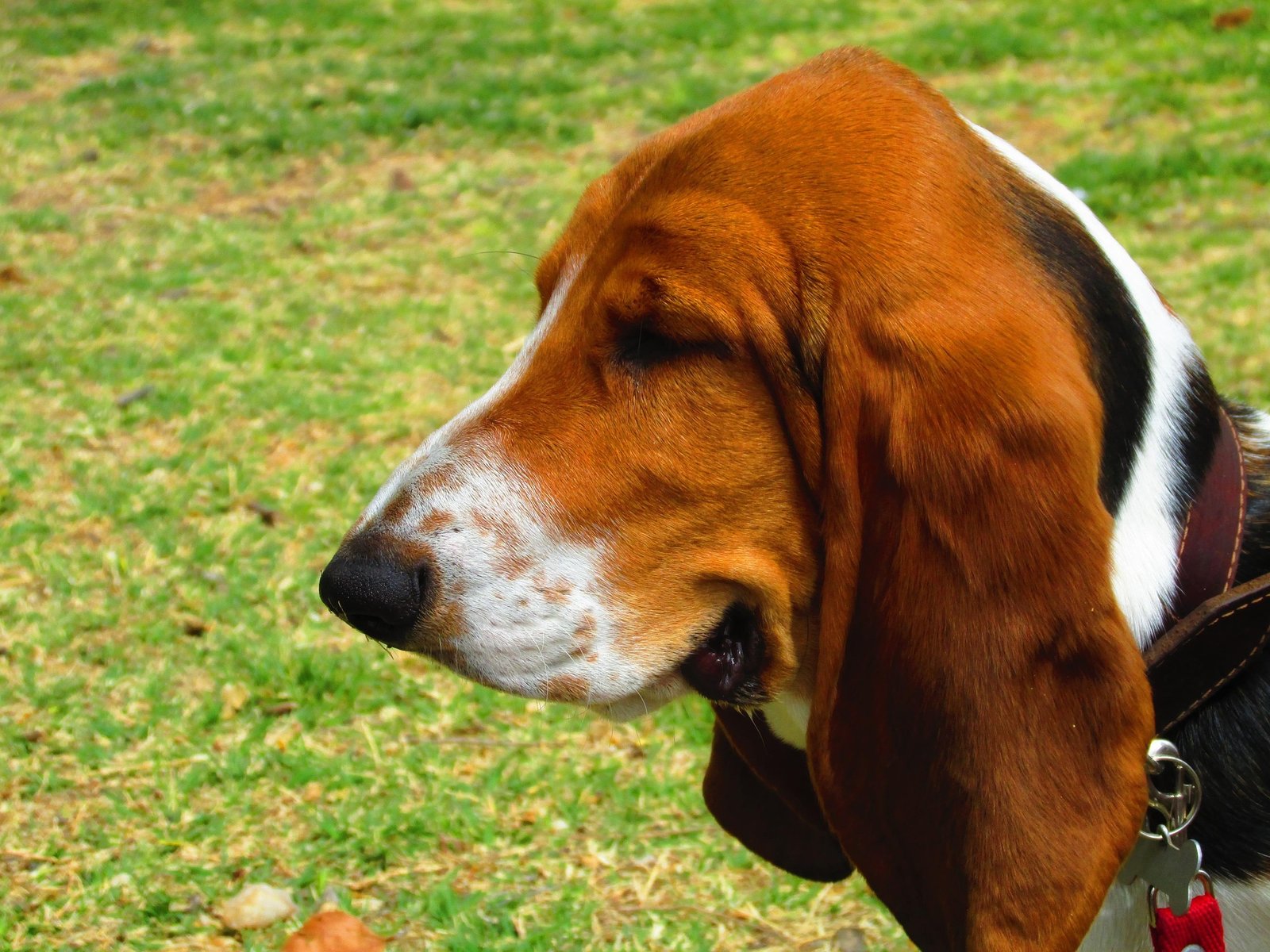Breeding a Basset Hound requires careful planning, a strong understanding of the breed, and adherence to ethical and health standards. Here’s a comprehensive guide:
Understand the Breed
- Characteristics: Basset Hounds are known for their long ears, droopy eyes, and a strong sense of smell. They are loyal, gentle, and good-natured.
- Purpose: Decide whether you are breeding for show, companionship, or working purposes (such as hunting). This determines the traits to prioritize.
Evaluate Suitability
- Health Checks: Both the male and female should be tested for hereditary conditions common in Bassets, such as:
- Hip dysplasia
- Elbow dysplasia
- Eye disorders (e.g., glaucoma)
- Thrombopathia (a platelet function disorder)
- Ear infections (common due to their ear structure)
- Pedigree: Ensure the dogs come from a reputable lineage without close inbreeding. Check for confirmation to breed standards.
- Temperament: Bassets are generally calm and friendly; both parents should exhibit stable temperaments.
Preparation for Breeding
- Age: The ideal age to breed a female is after her second heat cycle, typically around 18-24 months. Males can usually start breeding around 12-15 months.
- Veterinary Support: Work with a vet to determine the best time for mating (often using ovulation tests).
- Diet and Health: Ensure both dogs are on a high-quality diet and are up to date with vaccinations and parasite prevention.

The Breeding Process
- Natural Breeding: Allow natural mating if both dogs are comfortable. Monitor the process to avoid stress or injury.
- Artificial Insemination: Sometimes used if natural breeding isn’t feasible. Consult a vet experienced in reproductive services.
- Timing: Female dogs are most fertile during the estrus stage of their cycle (approximately days 9-14 after the start of heat).
Pregnancy and Whelping
- Gestation Period: Pregnancy lasts approximately 63 days. Monitor the female for signs of pregnancy like appetite changes, nipple enlargement, and lethargy.
- Prenatal Care: Provide prenatal vitamins and regular vet check-ups.
- Whelping Box: Set up a safe, clean, and quiet space for delivery.
- Delivery: Be present or arrange for a vet to assist in case of complications. Bassets can have trouble whelping due to their body structure.
Post-Birth Care
- Puppies: Ensure all puppies nurse well within the first 24 hours to receive colostrum. Monitor for any signs of distress or developmental issues.
- Health Checks: Schedule a vet check-up for the mother and pups within a few days.
- Socialization: Begin early socialization with humans and other pets to develop well-rounded puppies.
- Placement: Ensure potential owners are screened and educated about the breed’s needs, such as exercise, grooming, and health care.
Ethical Considerations
- Avoid Overbreeding: Limit the number of litters a female has to ensure her health.
- Clubs: Join a reputable club like the Basset Hound Club of America or The Basset Hound Club (UK) to stay informed on standards and guidelines.
- Registration: Register litters with recognized organisations (e.g., AKC) and provide buyers with proper documentation.
Breeding Basset Hounds is a rewarding but demanding process that requires a deep commitment to the health and well-being of the dogs.

